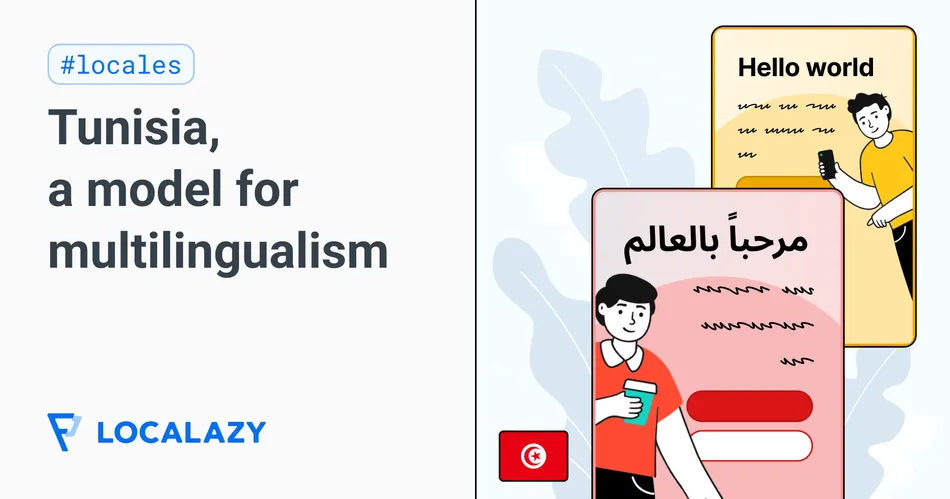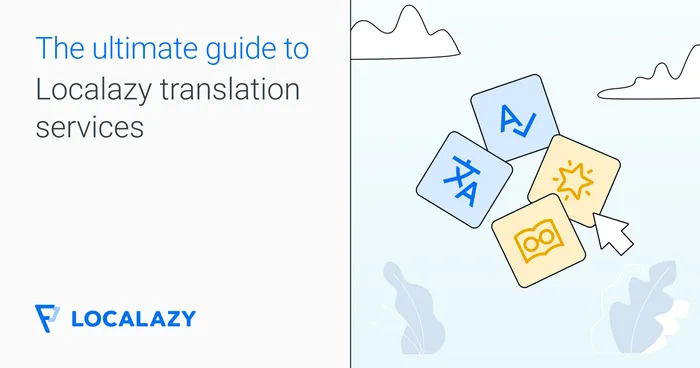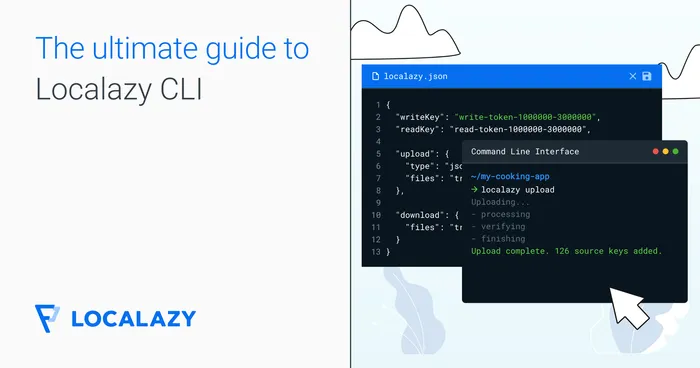Tunisia sits at the northern edge of Africa, bordered by Algeria, Libya, and the Mediterranean Sea. While its geography has long made it a historical crossroads, its present-day appeal lies in something more strategic: it’s a digitally active, multilingual market with high mobile penetration, strong youth engagement, and a growing SaaS and startup scene.
Multilingualism has long been part of the country's identity. It has approximately 12 million Arabic speakers (predominantly speaking the Tunisian Arabic dialect Darija), and then French, spoken by around 6.5 million people (64%), especially in education, commerce, and administration, due to the country's colonial history. Modern Standard Arabic is used in formal contexts by nearly all Tunisians, while about 1% of the population speaks Berber languages.

This mix of languages and cultures can make localization tricky, but also full of potential. Whether you're working on an app, a chatbot, or a dashboard, it's not enough to just translate everything into Arabic: you need to choose the right language, tone, and style for each part of the user experience.
⚔️ A brief history of Tunisia 🔗
Tunisia has a long history of cultural and political change. It was once home to the Carthaginian Empire, later taken over by the Romans, then ruled by groups like the Vandals, Byzantines, Berbers, Umayyads, Fatimids, Spaniards, Ottoman Turks, and eventually the French. Each of these periods left lasting influences on how people live and communicate today.
The main ethnic groups in Tunisia include:
- 🇴🇲 Arabs
- 🏜️ Berbers (Amazighs)
- 🇪🇸 Spaniards, who fled the Inquisition after the fall of Islamic Spain (Al-Andalus)
- 🇹🇷 Ottoman Turks
In the 1850s, an influx of Italian immigrants from the southern coast settled in Tunisia, contributing further to the country’s cultural and linguistic composition. During the French protectorate, however, policies limiting Italian influence led to a sharp decline in the Italian-Tunisian community. As a result of these cultural layers, multilingual communication is the norm in Tunisia.

🗣️ Tunisians: bilinguals par excellence 🔗
Tunisian society balances tradition with openness. People tend to hold onto core values while being highly receptive to other cultures and languages. This is reflected in daily life, where it's common to hear multiple languages used in a single conversation, especially in urban areas.
Mornings often start in cafés, with locals gathering over breakfast and strong coffee before heading to work. In everyday speech, Tunisians switch between Arabic and French with ease. French words have become so embedded in Tunisian Arabic that many are no longer recognized as foreign.
Many words of these foreign tongues have thoroughly blended into the Tunisian dialect beyond recognition, but the official language of Tunisia is Arabic, while French is used as a second language due to colonialism. Despite the French being an Indo-European language and the Tunisian Arabic being a variant of the Arabic Semitic language, the former is so deeply rooted in Tunisians that mixing both has become normal, a phenomenon known as code-switching.
Some common phrases and expressions borrowed from French that have indistinguishably mixed with Arabic are “موش نورمال / mosh normale” (translated as: "This is abnormal"), and the verb “يمرّش / ymarresh” (naturalized from the French verb ‘mettre en marche’)
French is widely used besides formal Arabic in both public sectors, while English is ever becoming increasingly popular in the private sector, and both are commonly spoken by people from middle, upper-middle, and high classes as well as business owners, the elite, and the literate. A blend of Tunisian Arabic and Berber languages is mostly spoken by laymen, which is what is commonly referred as Darija.

🍇 The languages of Tunisia 🔗
Let's look at the main languages spoken by Tunisians in greater detail.
Darija: the local vernacular 🔗
Darija (literally translated as vernacular) or Tunisian Arabic, is the informal variant of Arabic spoken by all Tunisians, with regional accents. While it follows Arabic grammar loosely, it is mutually intelligible with other Arab vernaculars across the Middle Eastern and North African (MENA) region, as all these dialects stem from Classical Arabic.
Tunisian Arabic is a unique, smooth vernacular that may well be considered a melting pot of languages. Over time, many Italian and Turkish words have become part of it through naturalization. For instance:
- 🚶🏼➡️If you want to say that somebody walks swaggeringly, you say: يْدُولِش (pronounced ydoolesh, from the Turkish dolaşmak).
- 🧦 If you want to go to the thrift market, you ask someone to take you to the روبافيكا (from the Italian roba vecchia, meaning old stuff) or to the فريب (pronounced and derived from the French word fripe, meaning thrift market).
French: a resilient language 🔗
Business in Tunisia is primarily conducted in French across nearly every sector, including IT, computer science, trade, e-commerce, electronics, industrial maintenance, manufacturing, agriculture, administration, finance, and more. For this reason, it is unlikely to be replaced by English in the country in the long run.
This wide usage of the language owes to the colonial era, when every subject matter was taught in French, which in turn explains why most companies prefer it rather than Arabic. And this is where localization becomes central to reach business audiences.

English: a nascent lingua franca 🔗
Globalization, on the other hand, has heralded English as a nascent lingua franca across all countries since the 1940s. It's rapidly gained significant ground and is gradually in the slow but ever-steady and exorable process of gradually replacing others in some areas. In Tunisia, English is being taught to young learners as a second foreign language, paving the way for this shift. Despite this, French has indeed gained so firm a foothold across the whole African continent that it is very likely to hold its ground for the next few decades.
In addition to these, other foreign languages as German and Spanish are also taught in schools, further adding to the multilingual nature of Tunisian society, and contributing their own loanwords to it.
🧳 Doing business in Tunisia 🔗
With a forecasted economic growth of 1.9% by 2025 according to the World Bank, increased liberalization signals and an evolving tax policy, Tunisia is starting to show signs of cautious financial optimism that could open up early opportunities for international businesses, especially for companies from the EU due to physical proximity.
Although the country is still highly dependent on the service economy (particularly tourism), sectors like tech, green energy, manufacturing and infrastructure hold potential. It's also important to note that Tunisia ranks as one of the most highly diversified economies in the African continent. Let's take a look at some of the most relevant opportunities to date.
The SaaS sector welcomes youth 🔗
SaaS is a promising youth-powered sector that has been tremendously pushing its borders beyond the country's lumbering bureaucracy. Revenue in this field is projected to grow at an annual rate of 21% up until 2030, with verticals like supply chain, healthcare, and energy standing out. Cloud-based services that include outreach, medical follow-up, kids protection and monitoring, and well beyond are also promising.
Rich tourism built on rich history 🔗
Tourism is still considered the backbone of the Tunisian economy, since its huge revenues have largely contributed to saving the country from lapsing into a credit crunch for years. The industry has been been recently experiencing a rebound after the Arab Spring and the COVID hits and, although it's still in need of a transformation to become more competitive, it is the umbrella for many sectors, namely arts and crafts, retail, and specialty sweets, whose sale revenues have risen, during the recent season, nearly to a mind-boggling 70%.
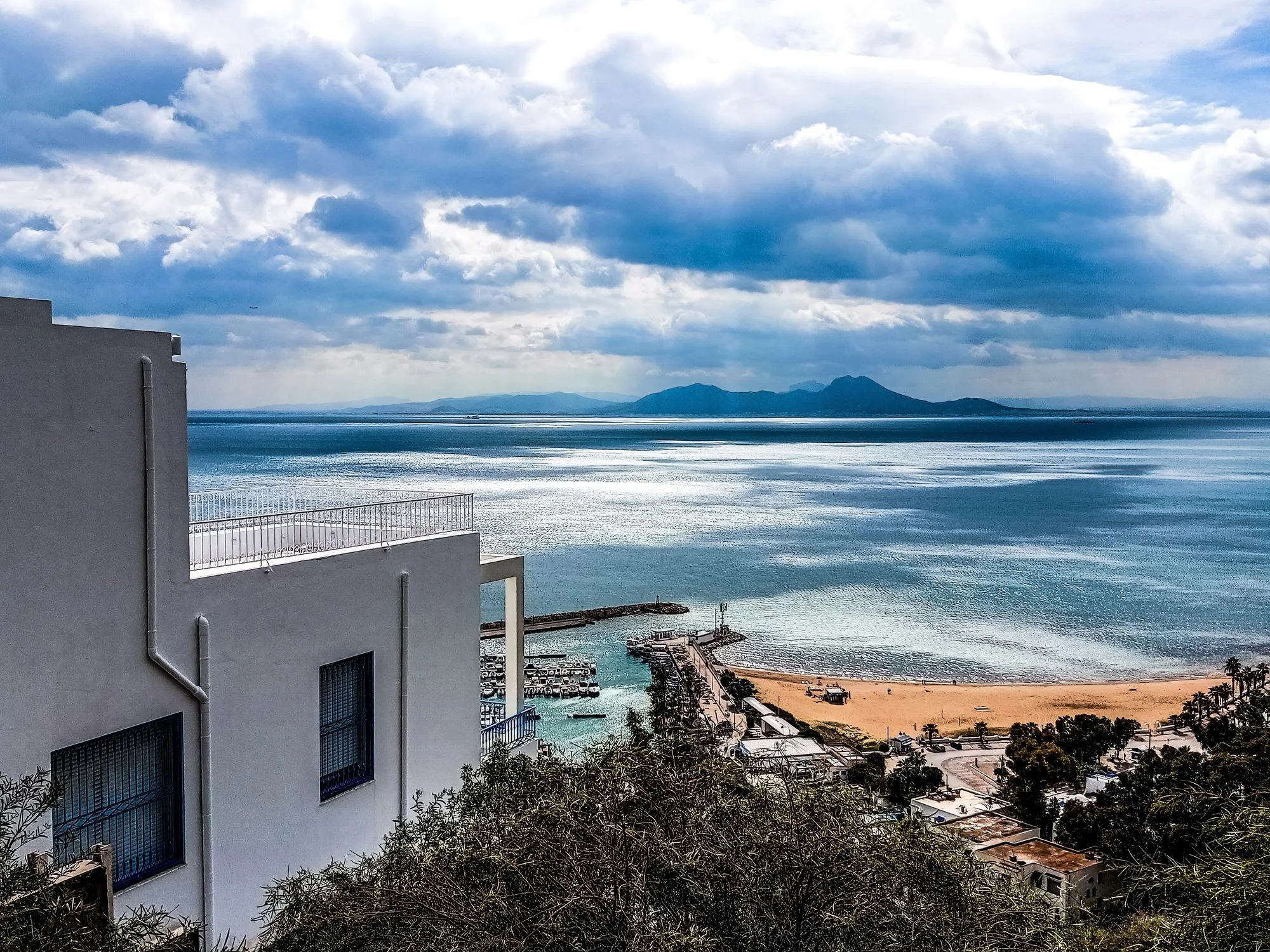
Tourism is a major driver of Tunisia’s economy, and a key reason for multilingual signage, localization of hospitality apps, and internationalization of retail platforms.
Olive and dates: vital exports for Tunisia 🔗
Olive oil is one of Tunisia's most notable industries, with the country ranking among the world’s top producers. Dates also play an important role in Tunisia's agricultural exports: the region ranked as the third-largest global exporter of fresh and dried dates in 2023, with a value of $311 million. Both industries often rely on multilingual packaging, export documentation, and digital marketplaces to do well.
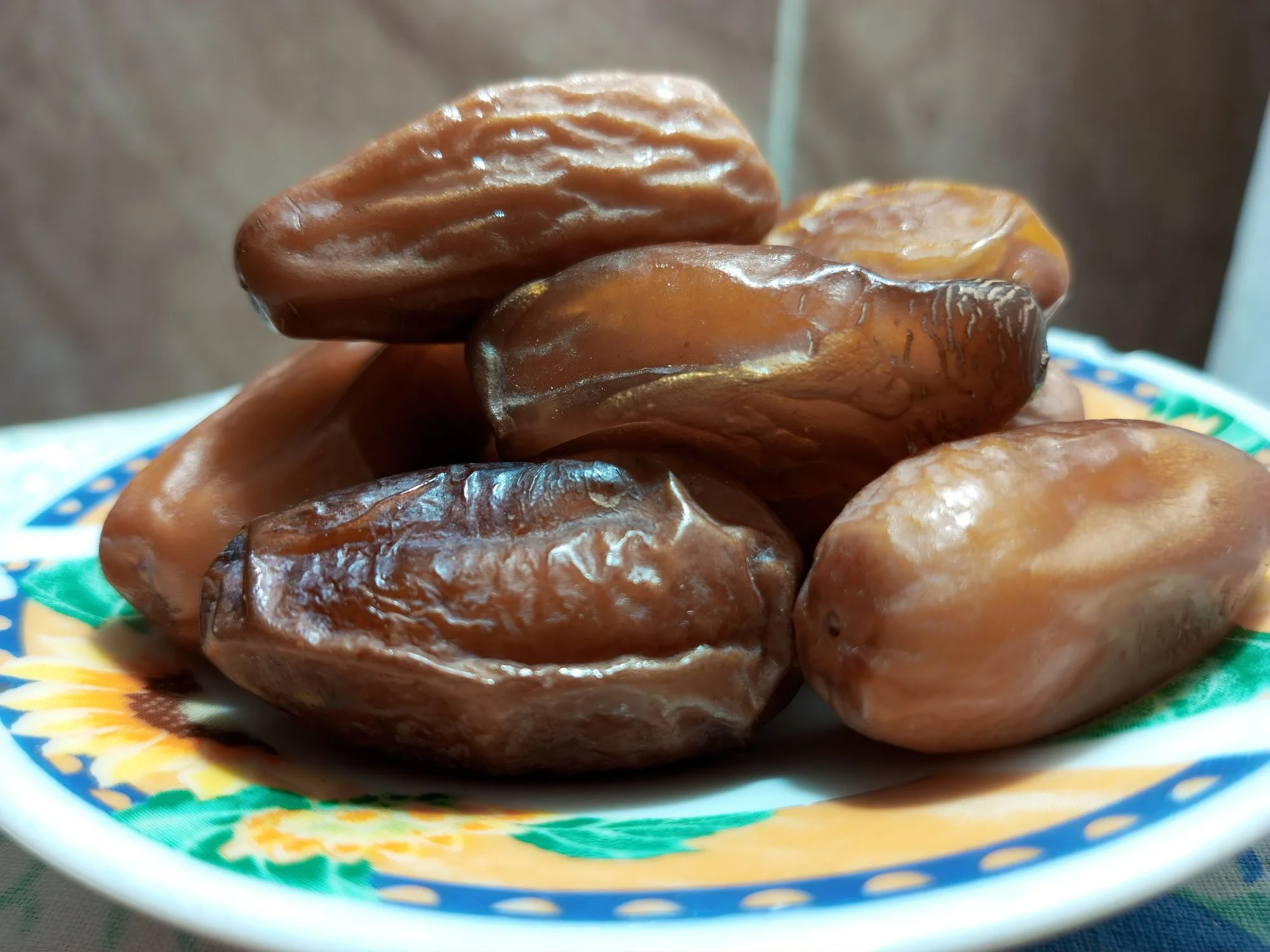
☀️ Localization tips for the Tunisian market 🔗
Before bulleting the tips, let us first cross the Ts and dot the Is: localization and translation are in no way synonymous — translation is the mere rendering of text from one language to another, while localization is adapting your product to suit cultural expectations (more here). It's important that you differentiate both and prioritize accuracy. In a region where multilingual communication is the norm, one tiny mistake could put you at stake. Imagine misinterpreting the expression “take my hand” as “chop my hand off”! 😅
Here are other things you'll need to keep in mind:
1. Use French or English as your target language 🔗
If you expand your operations to Tunisia, you'll 100% need to localize to at least two languages. The only risk free option is a combination of French and English, as both are highly respected in business spaces. Darija, however, could be helpful to connect with users, so don't discard it.
2. Balance precision and conciseness 🔗
If textual elements in the UI are too long, you risk having your website/app users click away for good because of boredom. If they are too short, on the other hand, users may find them ambiguous and confounding. Keep a balance to succeed.
📖 Related read: 6 challenges of localizing your app to Arabic and how to solve them
3. Keep human oversight 🔗
With the rise of AI, businesses have been saving time and resources using LLMs and machine translation as low-cost alternatives to human translation. And while this is a valid choice, it's important to understand that you'll still need human oversight for your machine-translated products when you expand to the Tunisian market. This is especially true for languages like Arabic, where resources are more limited and meanings are even more highly dependent on context than in French or English. Take the following as an example:
The right translation here would be كوكا / عُلبَة لايت. Breaking this straightforward phrase into separate lines is all it took to baffle the MT engine into rendering it incorrectly. This is where professional translation comes into play and proves to be worth the deal.
4. Trust in native translators 🔗
This leads us to our final tip: for complete peace of mind, hire professional translators who are speakers of the target language you want to translate your website/app into. The slightest disregard of any culture-specific sensibility will be viewed as disrespect to your potential clients. This is where native speakers are crucial, for they know best how to tackle these sensibilities with consideration and care.
🧮 A final example for fun 🔗
Some time ago, I happened to look up how Google would translate the Arabic expression "جَبْرُ الخَوَاطِر" / jabru ‘lkhawatir" into English, which best translates as “consolation”. The result was hilarious! It was translated as “reparation of thoughts”: too literal to even be called crude translation, since "reparation" is a legal term that means compensation for damages (moral, material, and financial) and is back-translated as "جَبرُ الضَّرَر" / jabru ‘ddharar".
All this to say that machine translation can help speed things up, but it can’t replace human judgment, especially when cultural context, tone, or wordplay is involved.
🕌 Tunisian localization with Localazy 🔗
Ready to start your journey into the Tunisian market? The professional linguists in our Continuous Localization Team can provide you with a top-notch, culturally aware localization service in your chosen language pairs. You can combine their services with our built-in machine translation suggestions from different providers, or use them as is for your convenience.

Easily import all your past translations via integrations or CLI, spot duplicities in your content, add automations, and much more with our scalable localization workflows. Choose your plan or book a demo to see how we can help — we're here to make multilingual expansion easier for you.
